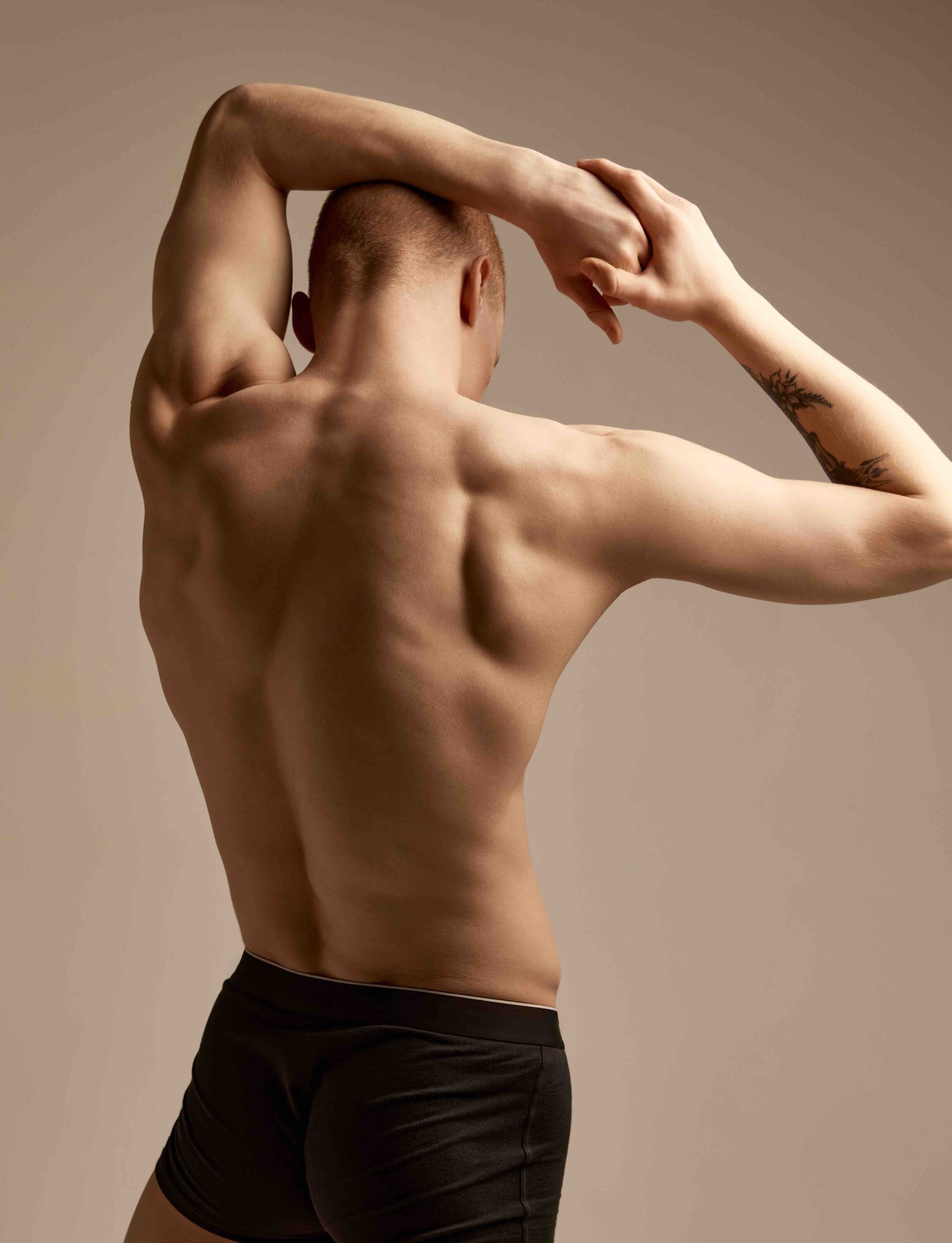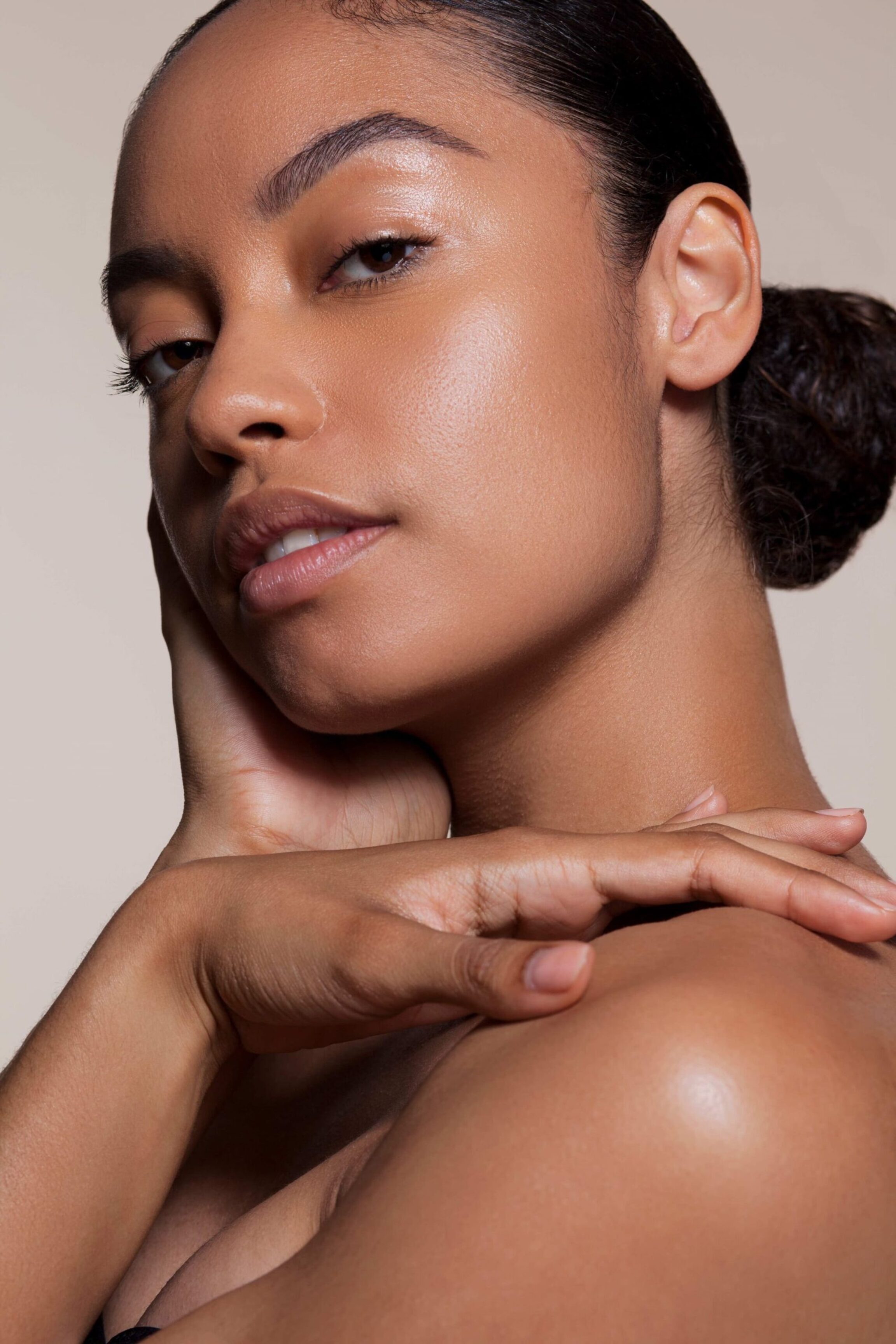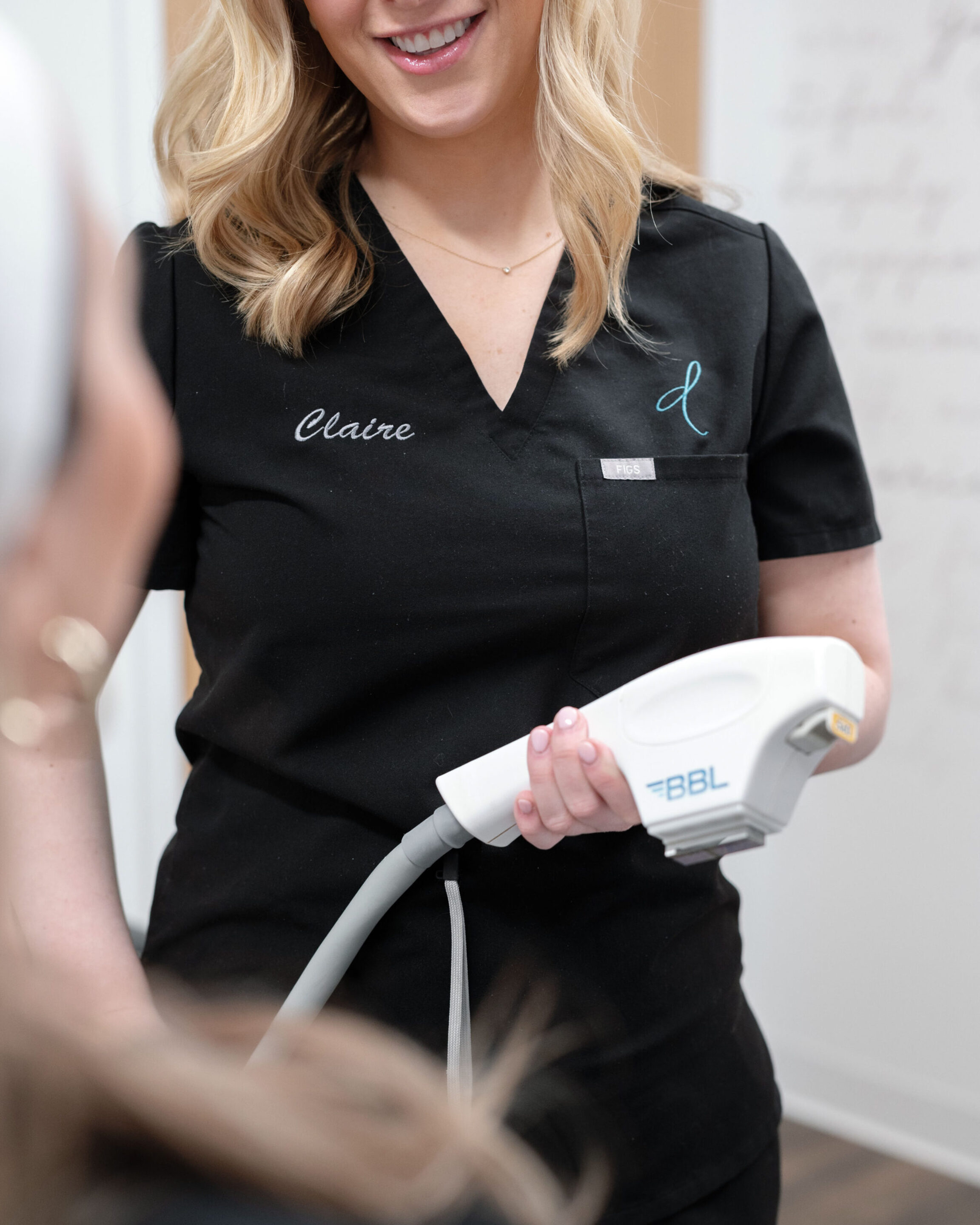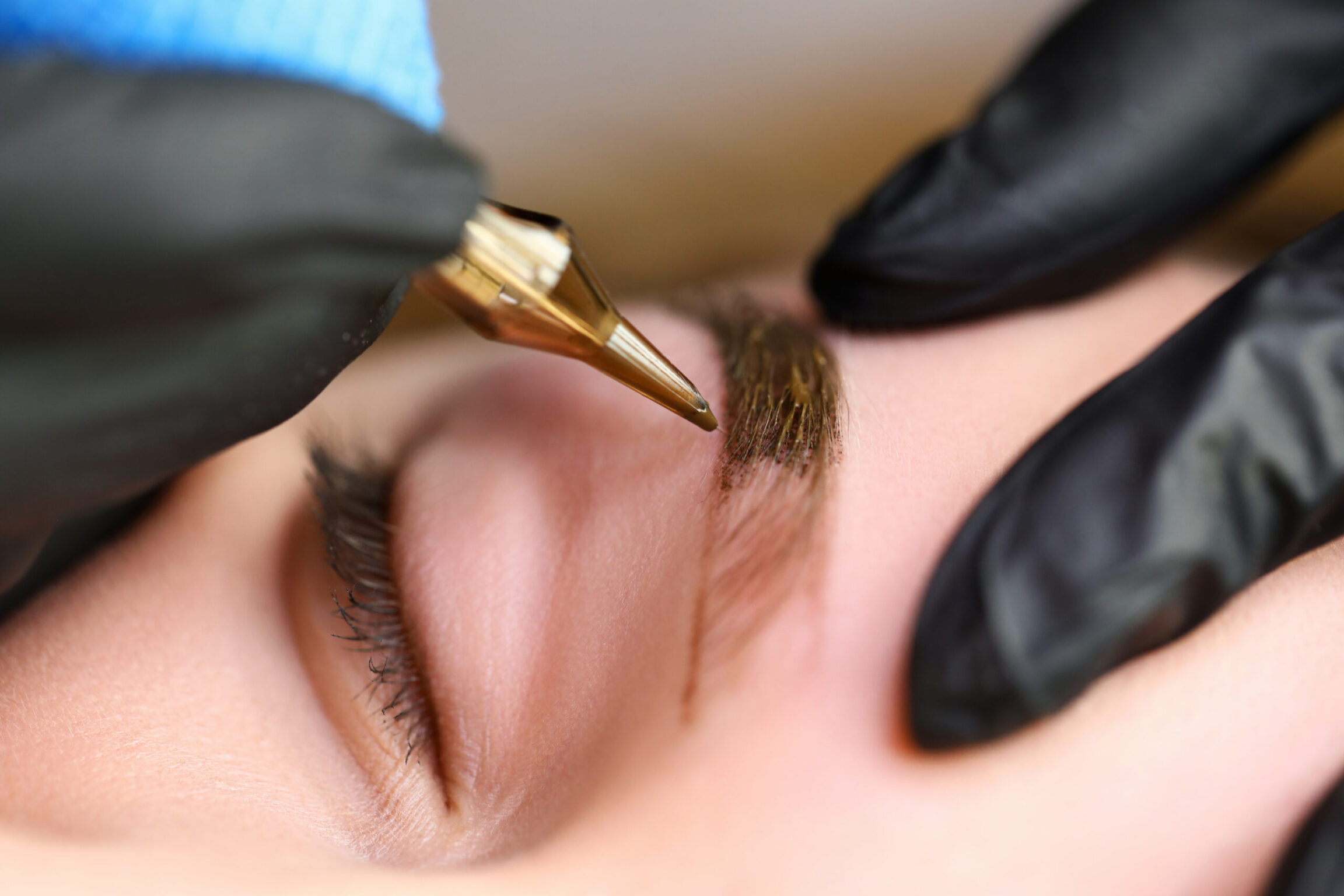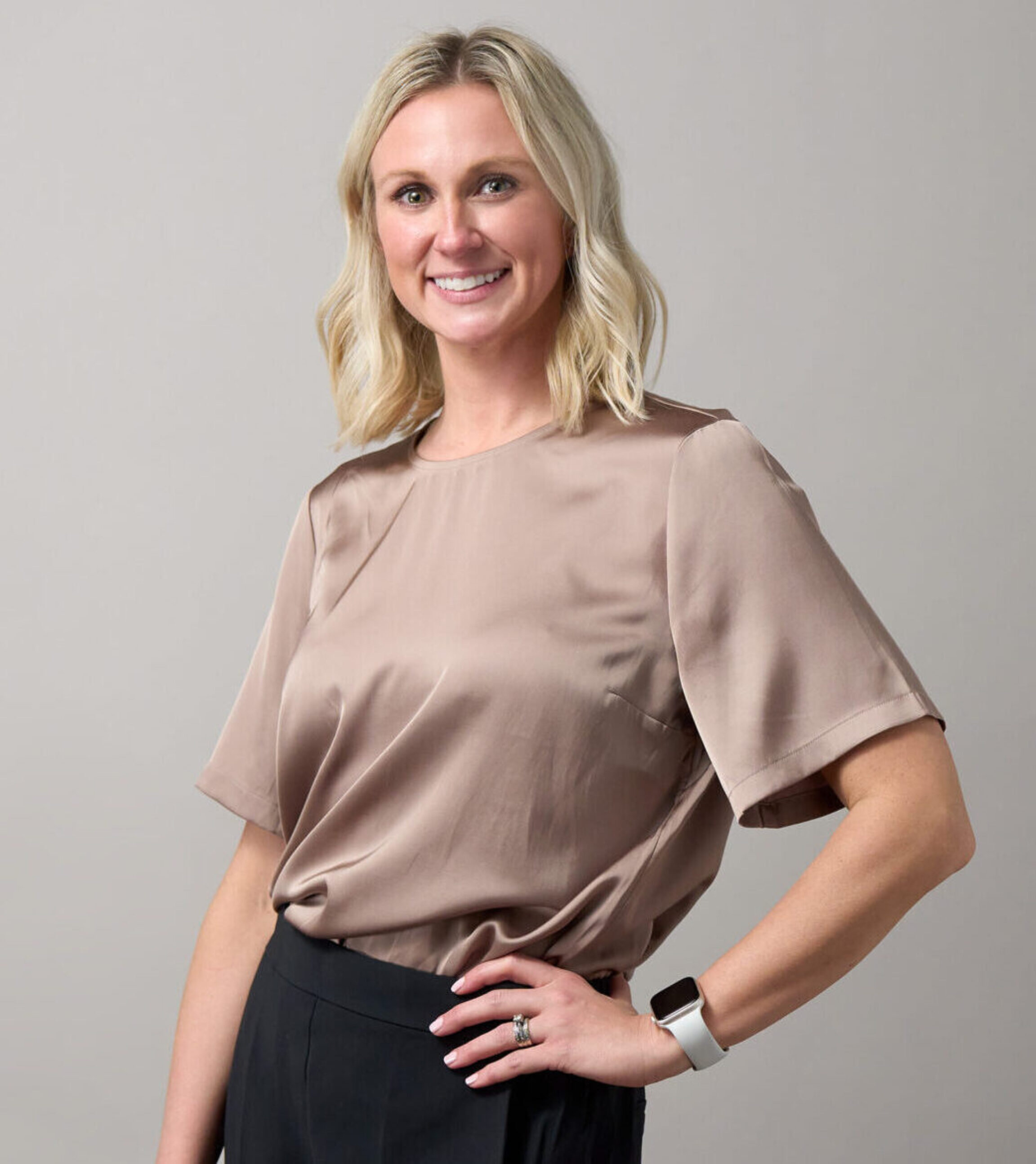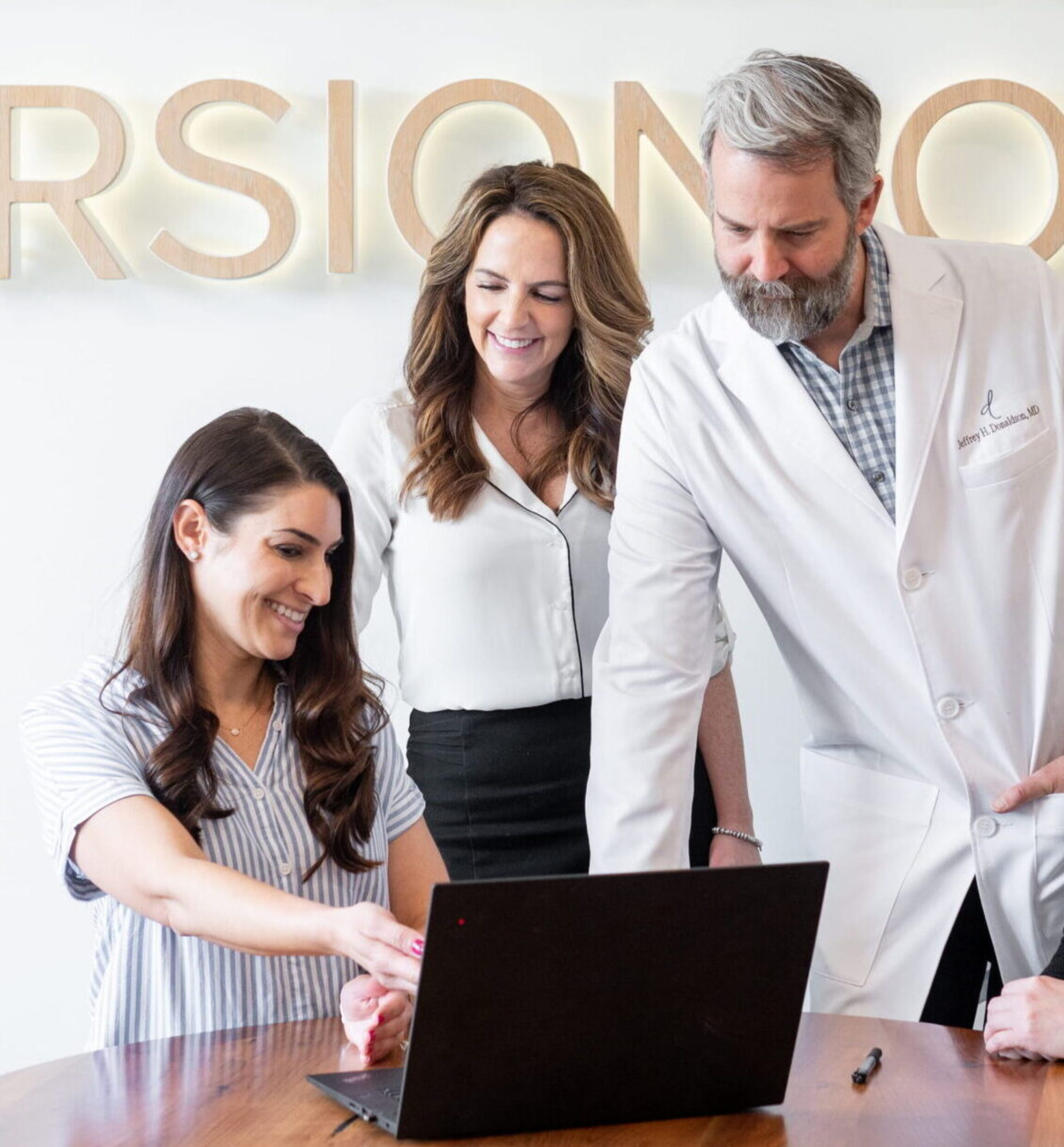What Is The 8 Point Facelift?
Answering Your Common Questions About The "Liquid Facelift"
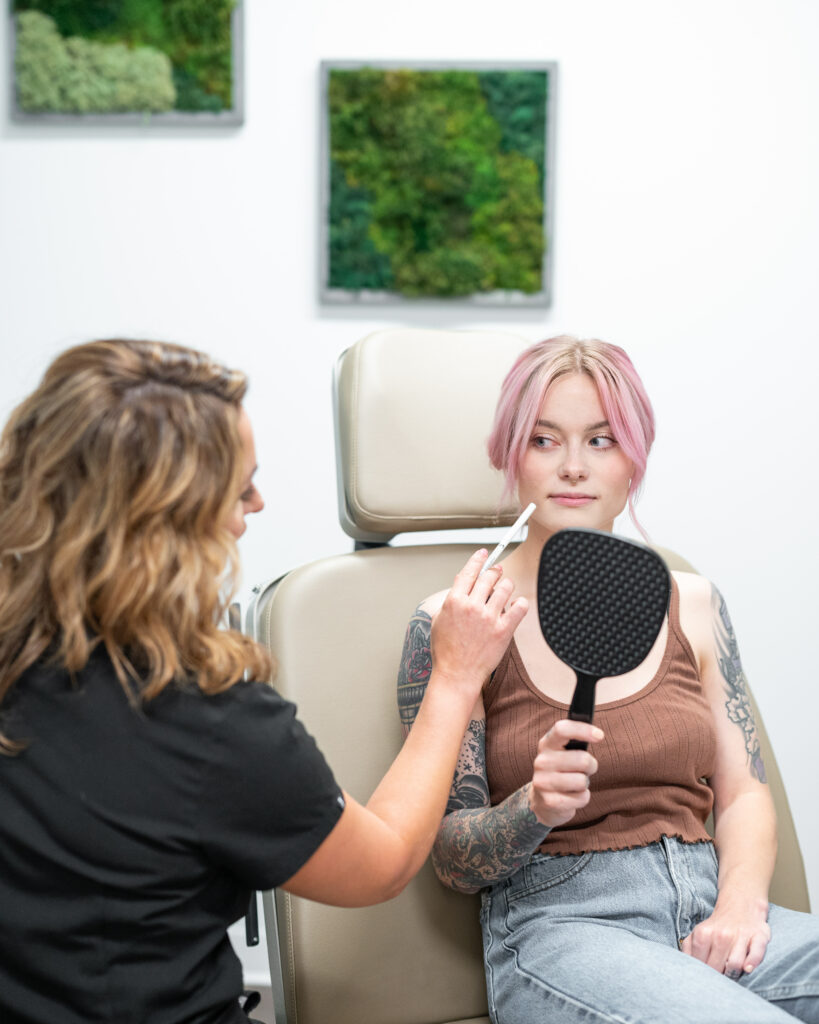
The 8 Point Facelift, also known as the non-surgical facelift, is a relatively new approach to cosmetic injections that aims to create a more youthful appearance without the downtime associated with traditional surgical facelifts. This technique involves skillfully injecting dermal fillers into specific points on the face to lift and tighten sagging skin, restoring a more defined contour.
Despite its increasing popularity and obvious cosmetic benefits, the 8 Point Facelift is not without its risks and limitations, and it is crucial to understand these details before deciding to undergo this set of injections.
Note: At Donaldson Plastic Surgery, we are hesitant to call anything we do nonsurgically a “Facelift.” A stronger term for this technique would be “Global Facial Treatment.” However, for the purposes of this article and to directly answer the most common questions, we will call it the “8 Point Facelift.”
8 Point Facelift vs. Surgical Facelift
The 8 Point Facelift is an in-office treatment that uses a series of cosmetic injections (usually 1 – 2 sessions, 1 month apart) to achieve a more rested and youthful appearance. The traditional Facelift is an outpatient procedure that involves surgical intervention to tighten the skin and fat transfer techniques to add volume. Surgical Facelifts offer more drastic and longer-term results, but also require greater preparation and more intensive recovery periods.
What Filler Is Best For The 8 Point Facelift?
Most injectors who are providing what they call an “8 Point Lift” are using a combination of fillers. It is not a one size fits all type of treatment. At Donaldson Plastic Surgery, we do mix different fillers depending on the areas we need to treat. For example, a jawline would require Juvederm Volux/Voluma, RHA 4 or Radiesse. All fillers have different viscosities and “stretchability.” The provider will work with you to establish the best filler for your goals.
“The goal is to provide facial balance while still maintaining the unique structure of the individual face. We aim to highlight areas that bring positive attributes to the face and minimize or correct signs of aging or asymmetry.”
– Adrienne Yanich
How Many Syringes Of Filler Are Needed For An 8 Point Facelift?
A patient who qualifies for a complete 8 Point Facelift can expect to receive 2 – 3 total syringes of dermal filler to address their cosmetic concerns.
“Each person may need a different amount of volume, which equates to differing amounts of filler. So it is possible that an injector will break their treatment into multiple sessions to preserve the desired end result, and allow for a more controlled healing process.”
– Adrienne Yanich
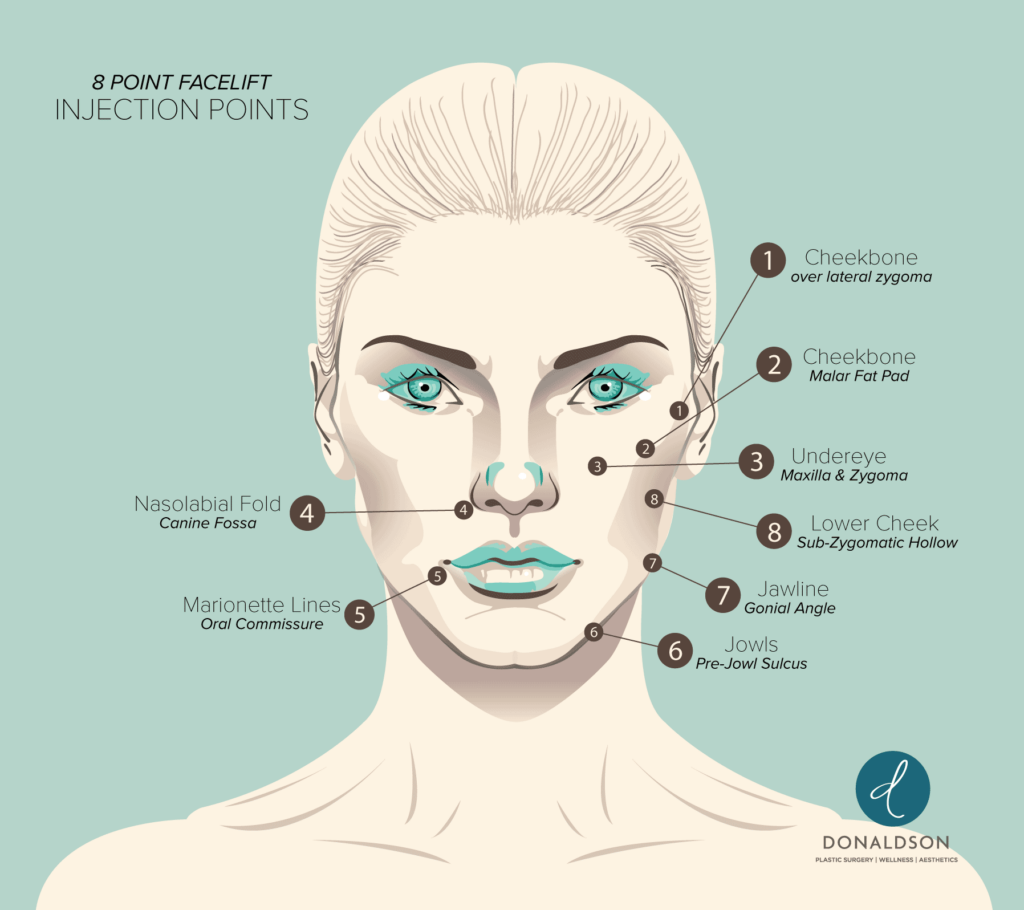
Where Are The 8 Point Facelift Injection Points?
- 2 Points In The Cheekbones (Lateral Zygoma & Malar Fat Pad)
- Lower Cheek (Sub-Zygomatic Hollow)
- Undereye/Tear Throughs (Junction of Maxilla & Zygoma)
- Nasolabial Folds (Canine Fossa)
- Marionette Lines/Corners of the Mouth (Oral Commissure)
- Jowls (Pre-Jowl Sulcus)
- Jawline (Gonial Angle)
Combining The 8 Point Facelift With Morpheus8
Morpheus8 skin tightening and the 8 Point Facelift is a dynamic combination for patients seeking comprehensive and natural-looking results. Morpheus8 utilizes advanced radiofrequency technology to stimulate collagen production and tighten the skin, effectively reducing wrinkles, fine lines and sagging skin. This treatment is especially effective for improving the appearance of the lower face and neck.
By combining Morpheus8 with dermal fillers, patients can achieve a more youthful and rejuvenated appearance with a natural-looking, harmonious result. This combination of treatments allows for a more comprehensive approach to facial rejuvenation, addressing both skin tightening and volume loss, and can be customized to meet the unique needs and goals of each individual patient.
How Long Does The 8 Point Facelift Last?
On average, results from the 8 Point Facelift last 12 – 16 months. This is dependent on the type of filler used, your activity level and how your body typically processes the substance.
What Is The Preparation Period & Recovery Process Like?
Preparation and recovery for this treatment follow the same protocols as a normal filler injection treatment: Avoid alcohol, NSAIDs, fish oil supplements and dental appointments for up to 48 before the visit. The recovery period should be just about the same amount of time (1 – 2 days). Patients should stay hydrated, eat a well-balanced diet and avoid sweating heavily until the injection sites have fully healed as to minimize the risk of irritation.
“Understand and managing healing expectations is crucial. Patients can expect to have bruising and swelling. The final results of this treatment will not be fully appreciated for a couple of weeks.”
– Adrienne Yanich
Is The 8 Point Facelift Right For You?
This is tough to answer without knowing you, the individual, and your goals. The 8 Point Facelift is a technique designed to address a number of cosmetic facial concerns. If you already have gorgeous cheekbones or those nasolabial folds aren’t visible, you won’t need to target all 8 points.
To put it simply: You can address multiple concerns in one treatment session without it being considered an 8 Point Facelift — this is just a term/technique that has been popularized over time due to its fairly drastic results without surgery!
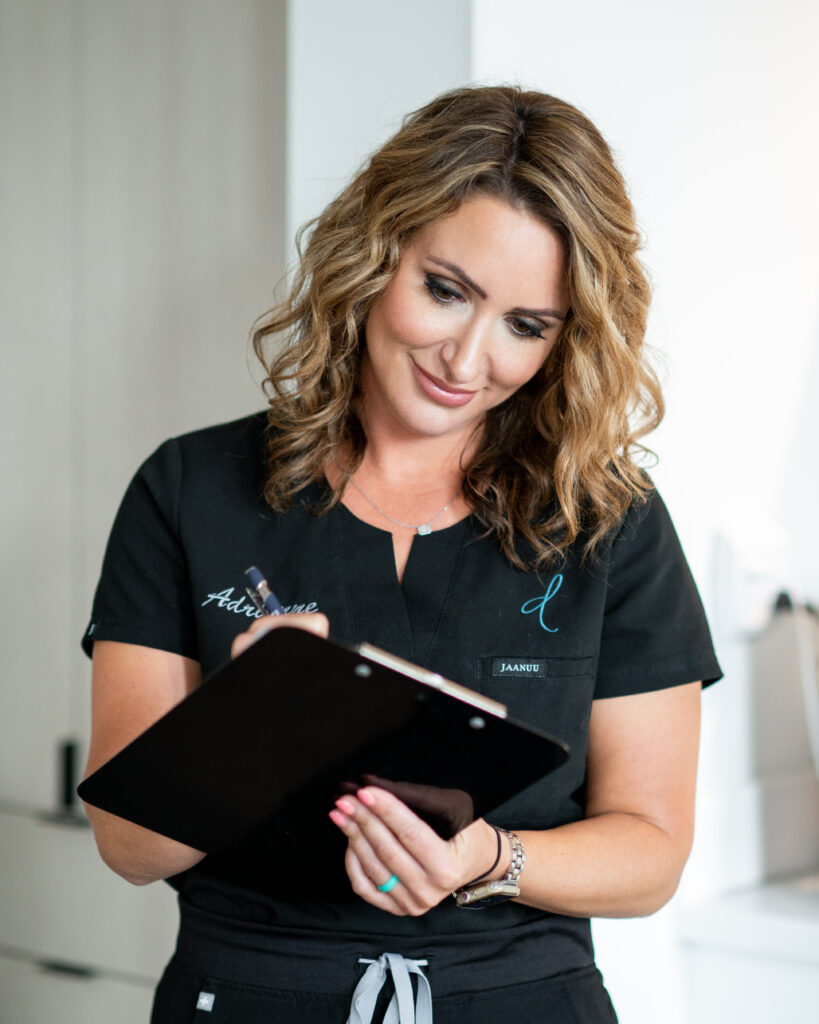
About The Author
Adrienne Yanich, RN, is an experienced cosmetic injector at Donaldson Plastic Surgery. She specializes in injectables of all types, including Botox, dermal fillers, Kybella and more. Adrienne performs these aesthetic treatments on a daily basis while also educating patients about proper preparation and aftercare to ensure sustained results. She is constantly researching groundbreaking techniques and discovering new ways to help her patients feel their best.
Related Articles

Read More The Beginner’s Guide To Men’s Skin Health
The Beginner’s Guide To Men’s Skin Health
The Donaldson "Men's Skin Health Guide" takes a comprehensive look at the steps guys can do to elevate their skincare routine & age with poise.

Read More Perfect Procedure Pairings
Perfect Procedure Pairings
Discover the best plastic surgery combinations & most popular aesthetic treatment pairings designed to help you achieve your unique goals.
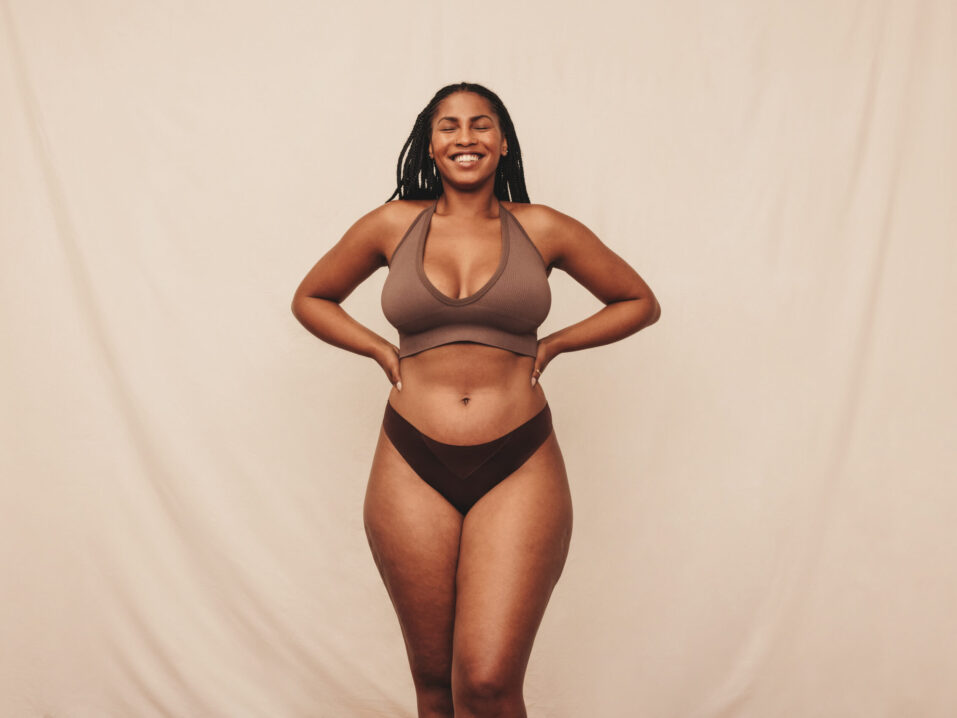
Read More C-Section Scar Removal
C-Section Scar Removal
When it comes to C-section scars, you have a number of effective solutions to reduce the appearance of scarring.
